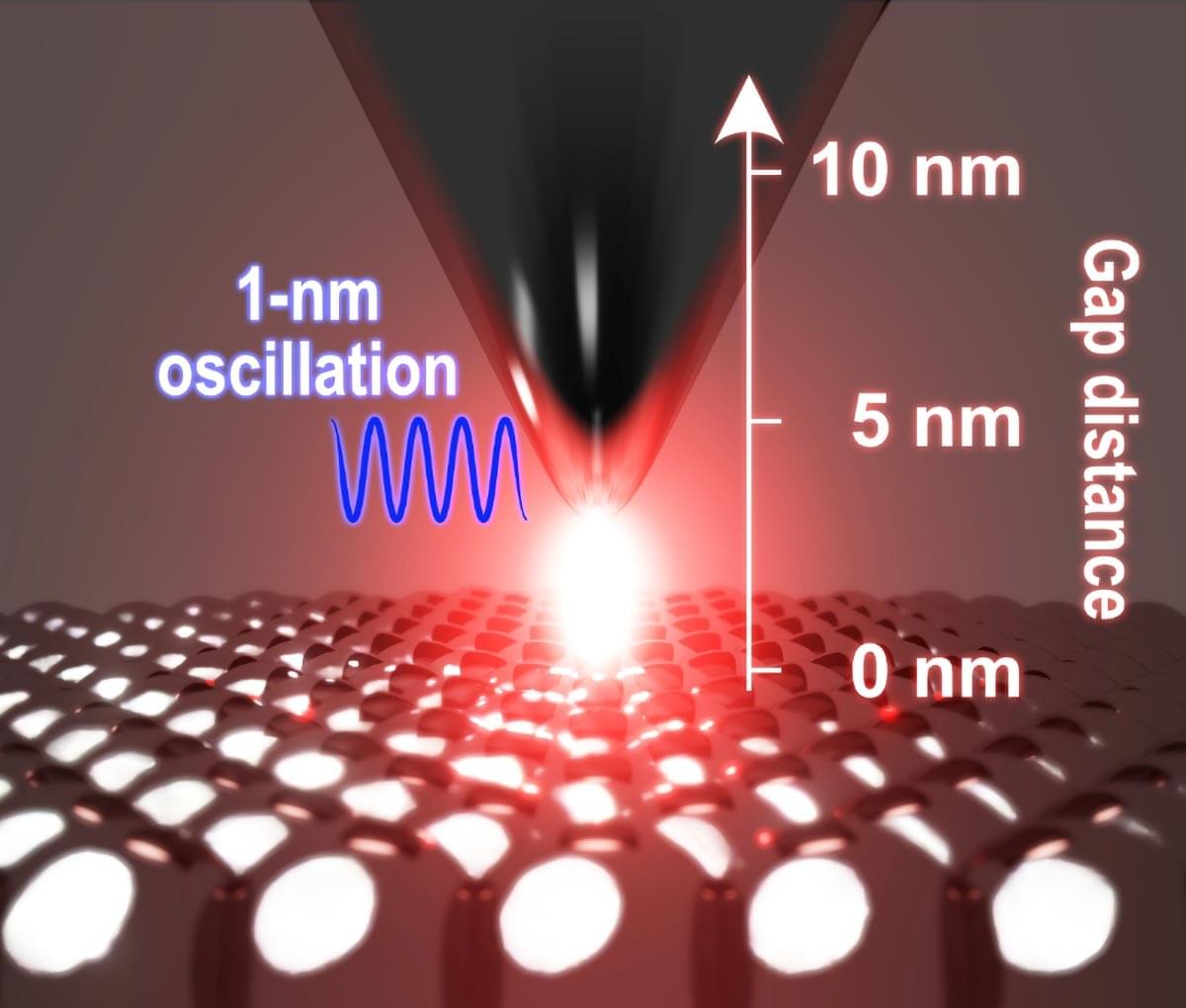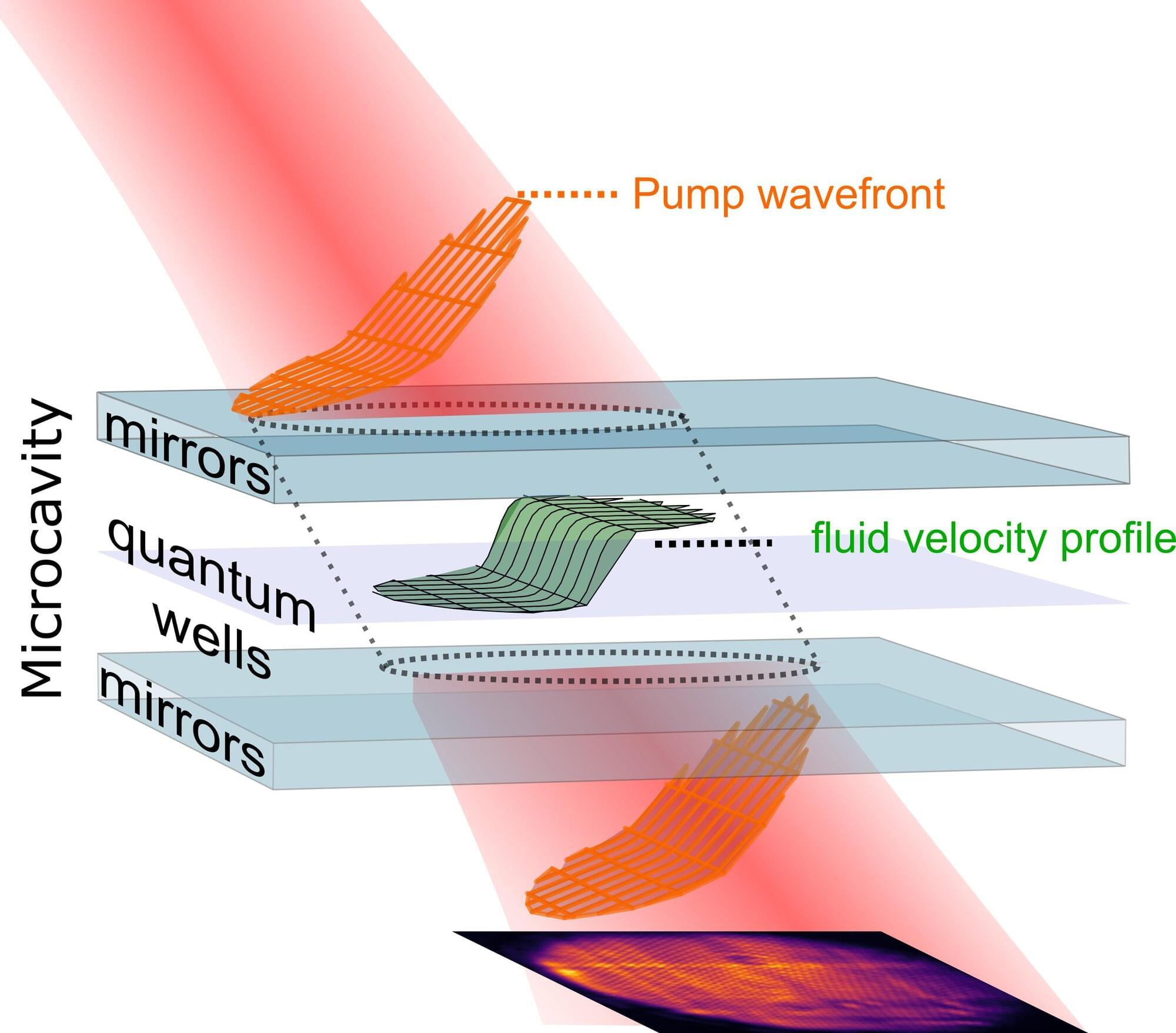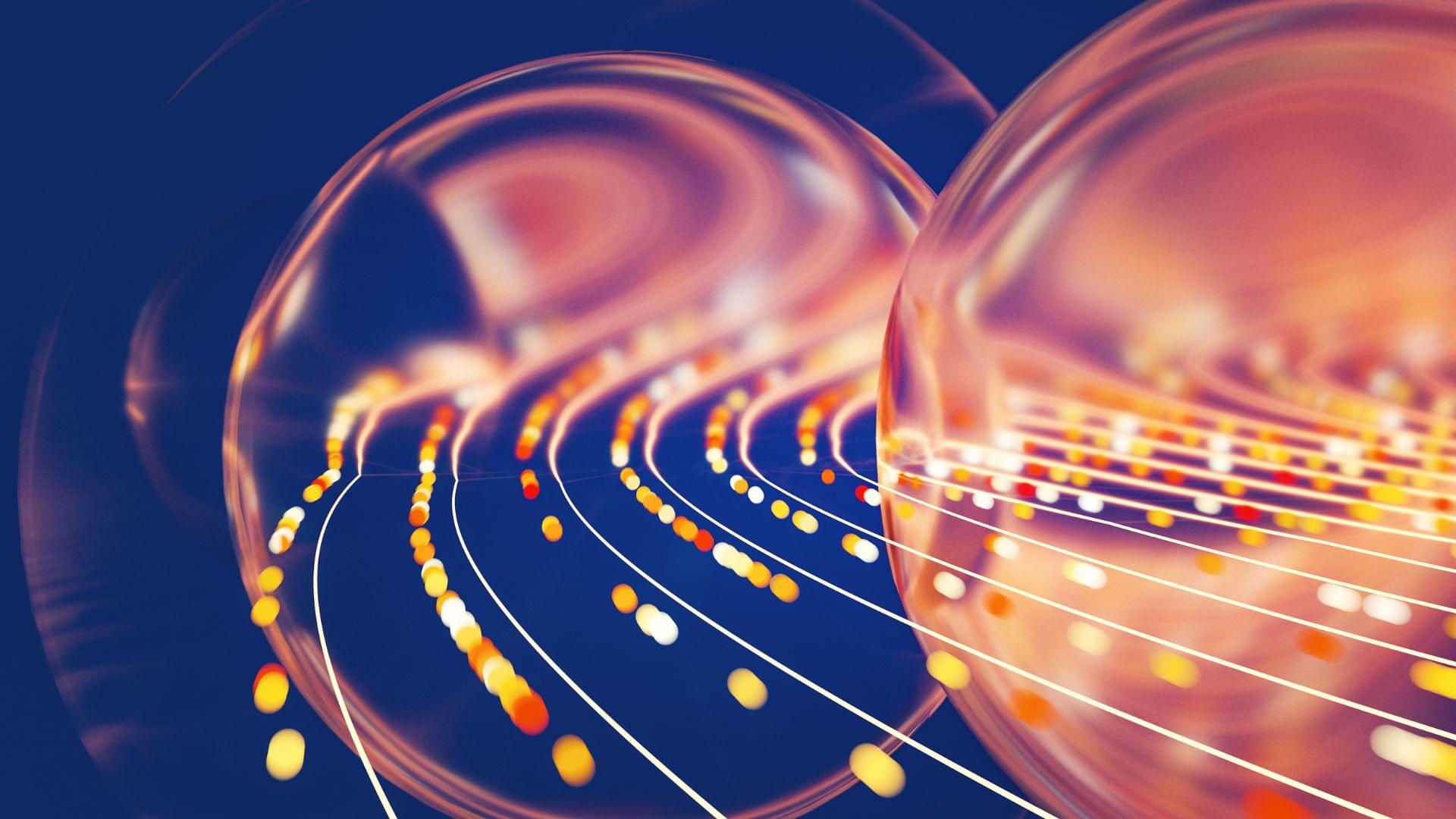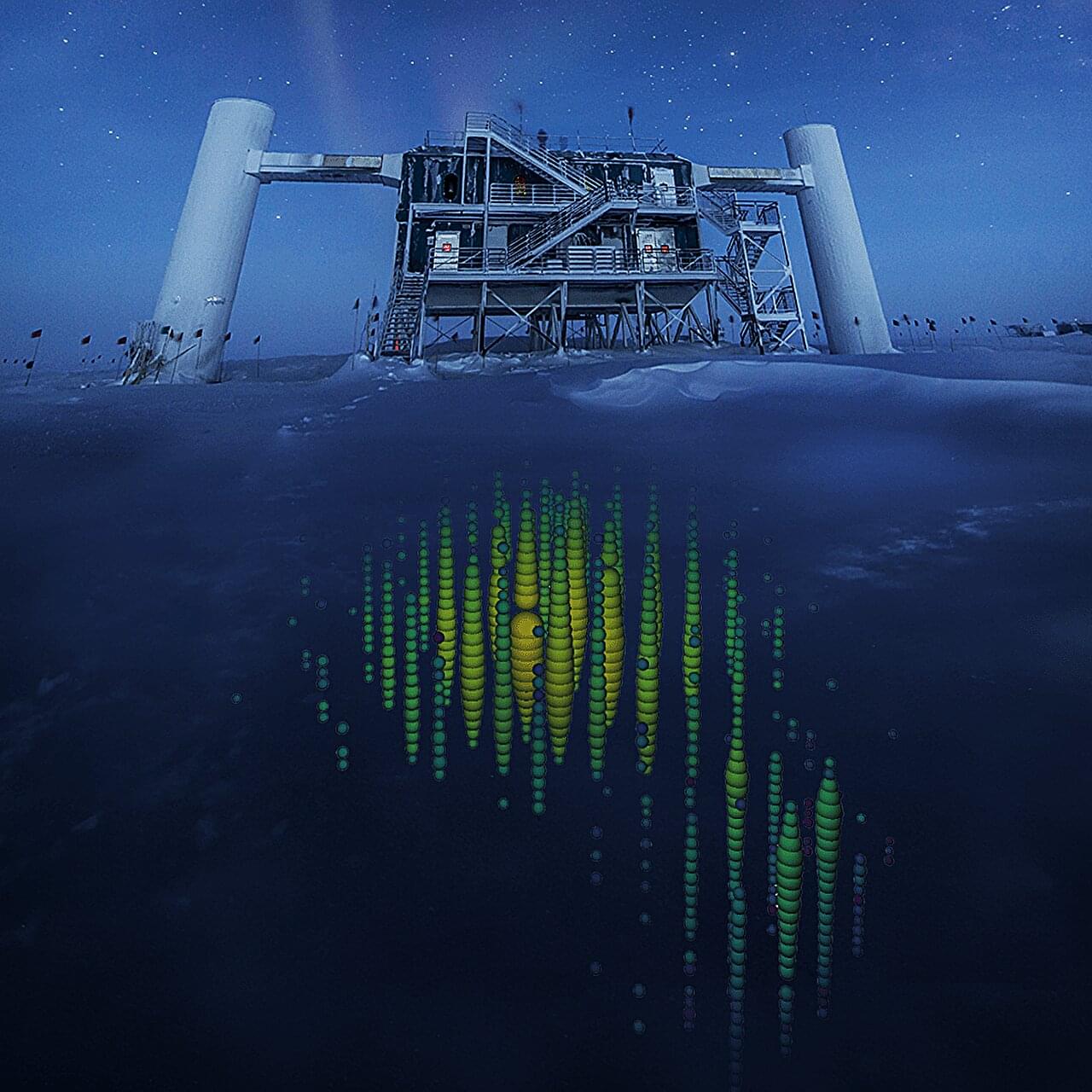MIT physicists have performed an idealized version of one of the most famous experiments in quantum physics. Their findings demonstrate, with atomic-level precision, the dual yet evasive nature of light. They also happen to confirm that Albert Einstein was wrong about this particular quantum scenario.
The experiment in question is the double-slit experiment, which was first performed in 1801 by the British scholar Thomas Young to show how light behaves as a wave. Today, with the formulation of quantum mechanics, the double-slit experiment is now known for its surprisingly simple demonstration of a head-scratching reality: that light exists as both a particle and a wave. Stranger still, this duality cannot be simultaneously observed. Seeing light in the form of particles instantly obscures its wave-like nature, and vice versa.
The original experiment involved shining a beam of light through two parallel slits in a screen and observing the pattern that formed on a second, faraway screen. One might expect to see two overlapping spots of light, which would imply that light exists as particles, a.k.a. photons, like paintballs that follow a direct path. But instead, the light produces alternating bright and dark stripes on the screen, in an interference pattern similar to what happens when two ripples in a pond meet. This suggests light behaves as a wave. Even weirder, when one tries to measure which slit the light is traveling through, the light suddenly behaves as particles and the interference pattern disappears.







